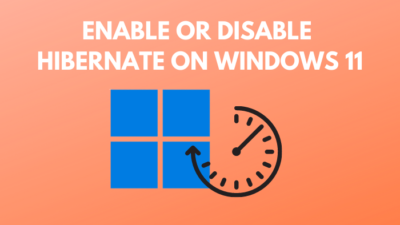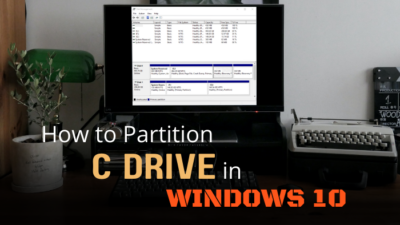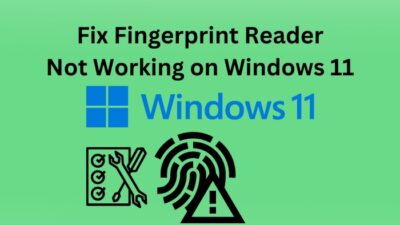The password-protection feature of Windows 10 is a terrific security aspect. It keeps the PC safe from any unwanted visitors.
But the password system can become irritating when you log in to your Windows several times a day and input the password repeatedly.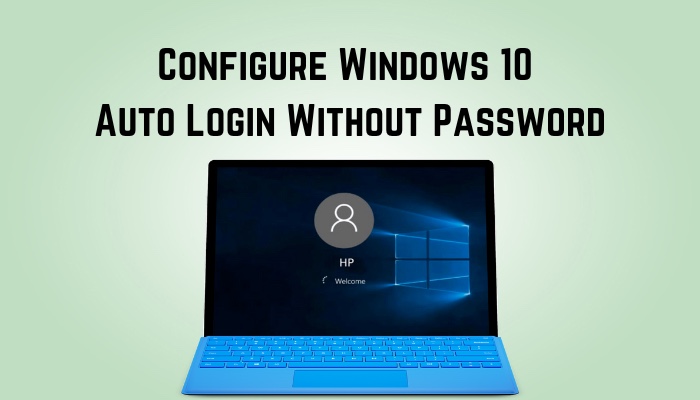
Are you looking for a way to automatically log in to Windows without a password? Then, tag along. Here I will discuss how to configure the automatic login process.
Let’s get started.
How to Automatically Login to Windows 10 Without Password
There are mainly three ways you can configure the auto-login and get into your computer without the password. One is using the netplwiz Run command; another is using the Registry Editor, and the last is removing the Windows password.
However, there is a simple catch. You can’t disable the automatic login if you use a Microsoft account to sign in. The auto-login feature can turn on only for local users and administrator accounts.
Let’s see how to set it up. You may also like to read how to enable auto-login on Windows 11.
Note: Be careful while you move around in the registry editor. Any inaccurate change can create a serious issue on your PC and permanently damage your beloved computer.
Here are the methods to configure auto-login without the password in Windows 10:
1. Via Netplwiz
For managing your user account and modifying the account to auto-login, you can use the Netplwiz.exe Run command in your Windows 10 OS. The command is also available in Windows 11.
Using this command and following a few simple steps, users can choose whether to keep the Windows password protected or on auto-login.
Netplwiz.exe is an advanced Run command on Windows 10 and 11 for managing user accounts. Using this command and following a few simple steps, users can choose whether to keep the Windows password protected or on auto-login.
Pursue the following way to configure auto login using the netplwiz run command:
- Press the Windows + R button to open the Run command.
- Type netplwiz and click OK.
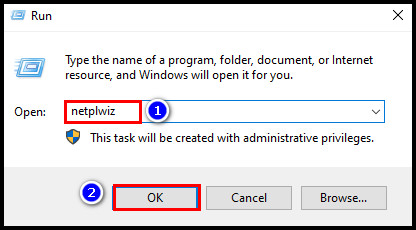
- Choose the account you want to set up the auto-login.
- Uncheck Users must enter a username and password to use this computer box.
- Click Apply.
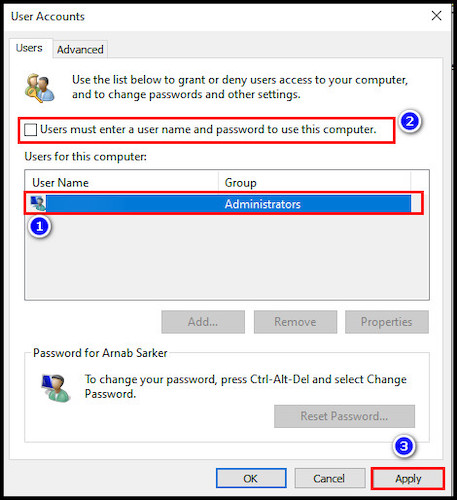
- Type your current PC password in the Password and Confirm Password field and press OK.
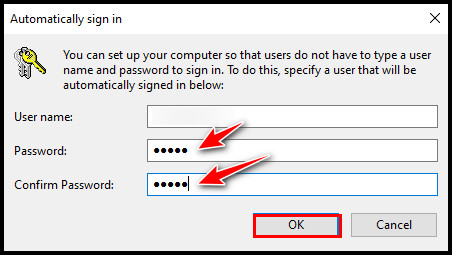
- Select OK and Restart the PC.
When the PC starts, it will log on to your Windows without asking for the password.
Additionally, keep the Required sign-in option to Never from Windows settings. To find that option, go to Settings > Accounts > Sign-in options. 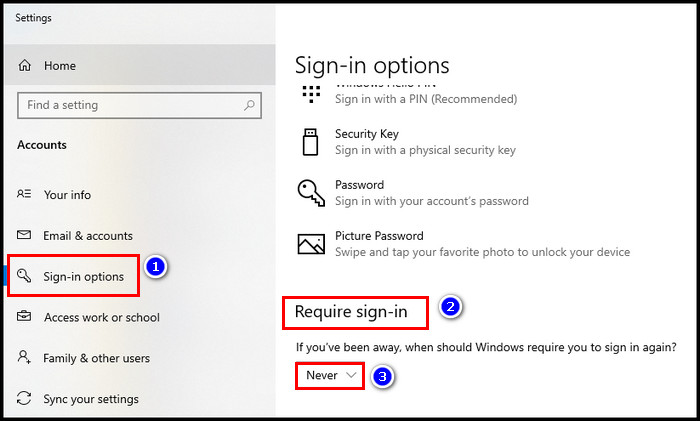
Disable Windows Hello if it is already enabled. Check out our epic guide if you want to set up Windows Hello fingerprint in Windows 11.
In some cases, the Users must enter a username and password to use this computer option has been missing for a mere number of Windows 10 users. In that case, you must enable that feature from the registry editor.
Take the following way to activate Users must enter a username and password to use this computer in the user menu:
- Open the Registry Editor. Copy-paste the following path into the address bar.
- Computer\HKEY_LOCAL_MACHINE\SOFTWARE\Microsoft\Windows NT\CurrentVersion\PasswordLess\Device.

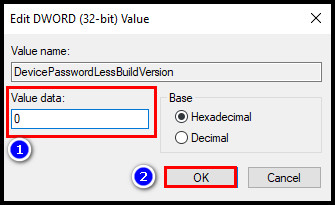
Now, you will see the Users must enter a username and password to use this computer in the user menu.
If you have a little time to spare, check out the requirements for removing password complexity in Windows 11.
2. Via Registry Editor
Another way to activate auto-login in Windows 10 is by using the Registry Editor. The method is quite effortless.
There is just one thing you need to remember. Don’t make any changes or delete files from the registry other than the steps I mention. Otherwise, you may put your PC at risk. Now, let’s see how it works.
Follow the process to setup auto login in windows 10 using Registry Editor:
- Go to the Windows search bar, type Registry Editor, and hit Enter.
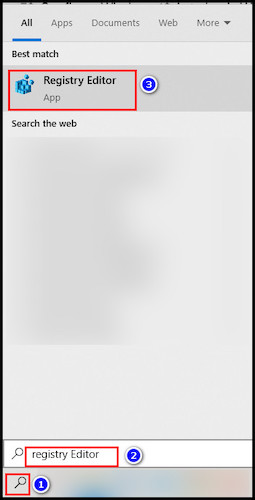
- Copy-paste the following path to the address bar, and press Enter.
- Computer\HKEY_LOCAL_MACHINE\SOFTWARE\Microsoft\Windows NT\CurrentVersion\Winlogon

- Computer\HKEY_LOCAL_MACHINE\SOFTWARE\Microsoft\Windows NT\CurrentVersion\Winlogon
- Create DefaultUserName, DefaultPassword, and AutoAdminLogon options in that Winlogon folder.
- For DefaultUserName, right-click on the Winlogon panel and select New > String Value. Write DefaultUserName in the Value name box and your PC user name in the Value data Click OK to save.
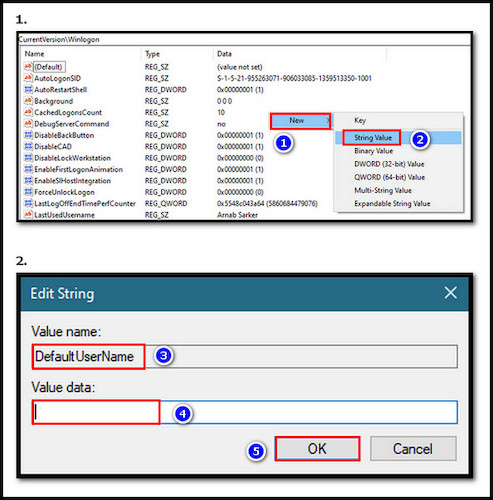
- For DefaultPassword, right-click on the Winlogon side and select New > String Value. Write DefaultPassword in the Value name box and your PC password in the Value data Click OK to save.
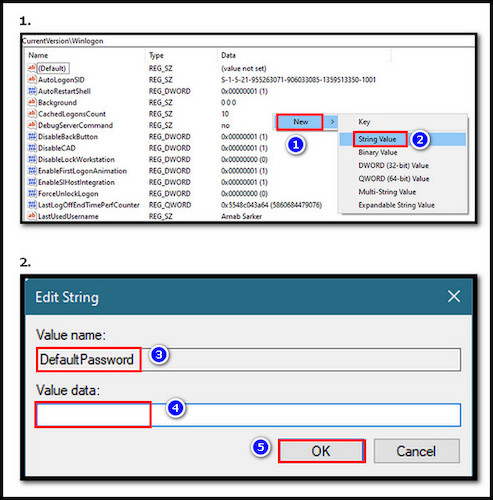
- For AutoAdminLogon, right-click on the Winlogon panel and select New > String Value. Write AutoAdminLogon in the Value name box and put 1 in the Value data Click OK to save.
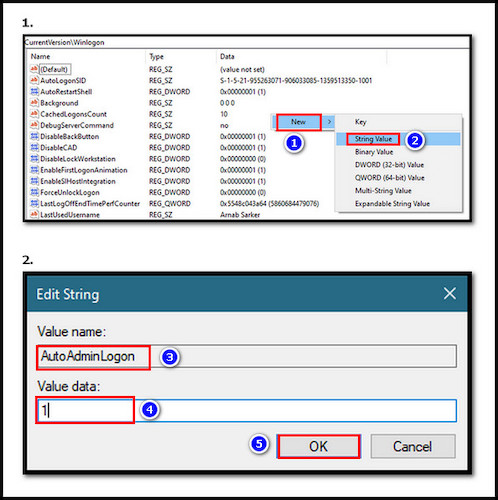
- For DefaultUserName, right-click on the Winlogon panel and select New > String Value. Write DefaultUserName in the Value name box and your PC user name in the Value data Click OK to save.
- Close the Registry Editor.
The configuration process is complete. Now, whenever Windows 10 starts up or restarts in the future, it will sign in automatically to the desktop without requesting your password. To disable auto logon, modify the value to 0 in the AutoAdminLogon file.
Moreover, check out the best ways to fix when Windows is stuck at the lock screen before login.
3. Remove the Password from the Account
If you remove the password from your accounts, you can also log in to your Windows desktop. Removing passwords from the Windows account is effortless. Here’s how.
Here are the steps to remove the password to enable auto-login:
- Press the Windows + I button to open Settings.
- Click on Accounts.
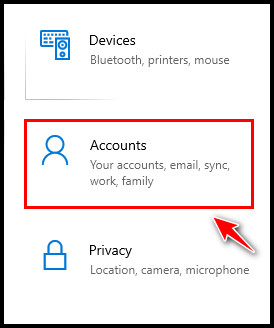
- Go to the Sign-in options.
- Click on Password.
- Press on Change.
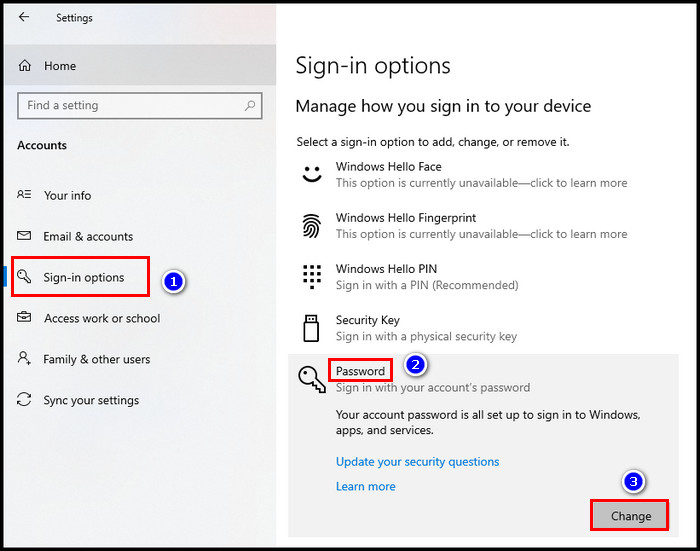
- Type your current password and select Next.
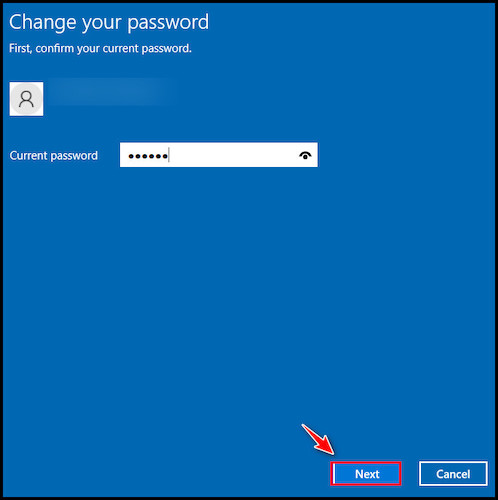
- Don’t type anything in the New password fields. Leave it blank.
- Click Next.
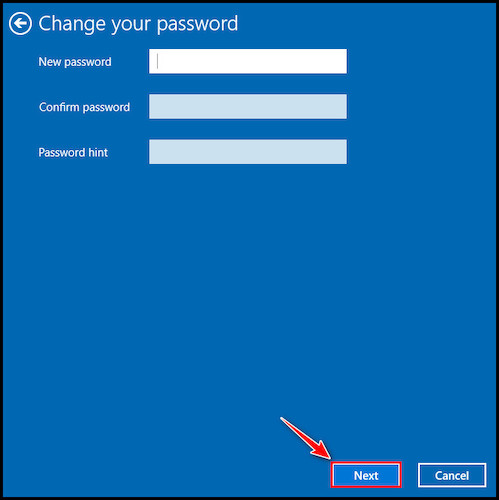
- Press the Finish option.
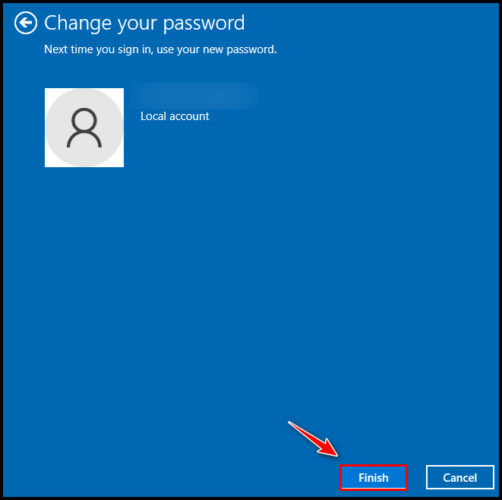
When someone asks for your computer password, especially your employer, you may hesitate to give it. If you want to know more, read our separate article: can your employer ask for your computer password?
Why Need to Enable Auto Login Without Password in Windows 10?
Auto login’s primary necessity is easy to access on the Windows desktop. Many users, including some of my friends, often nag about their computers. They say the PC goes to the lock screen when they leave the PC for a while.
They have to write the password repeatedly to log in to Windows. It is annoying, especially when you are working from home.
Furthermore, writing a book on the computer can be inconvenient and distracting if the computer keeps locking up after a few minutes of inactivity. Sometimes it breaks the critical idea when you see your PC is locked out.
If you are using your PC all by yourself, it isn’t much of a problem. You keep your PC in auto-login so you can return to work immediately.
FAQs
How to auto login without a password?
To log in without the password in Windows, launch the Run command, type netplwiz, and click OK. Uncheck the Users must enter a username and password to use this computer option. Click Apply, type the PC password to confirm, and press OK to save the change.
Can I disable the Windows 10 login password?
Yes, you can disable the Windows 10 login password. To do that, you must remove the password. Go to Settings > Accounts > Sign-in options > Password > Change > Next > leave blank > Next > Finish.
How do I bypass Windows login without a password?
You just need to follow these simple steps to bypass Windows login without the password. Open the User Accounts wizard using the netplwiz Run command. Uncheck Users must enter a username and password to use this computer and press Apply > OK.
Final Thought
You should not keep your Windows account without password protection for security and privacy reasons. You can keep the PC as an auto-login if you are a single user. But overall, I don’t recommend that.
I hope you have successfully configured auto-login in Windows. Comment below if you have any questions. I’d be glad to give you any guidance following the issue.
Peace out!


